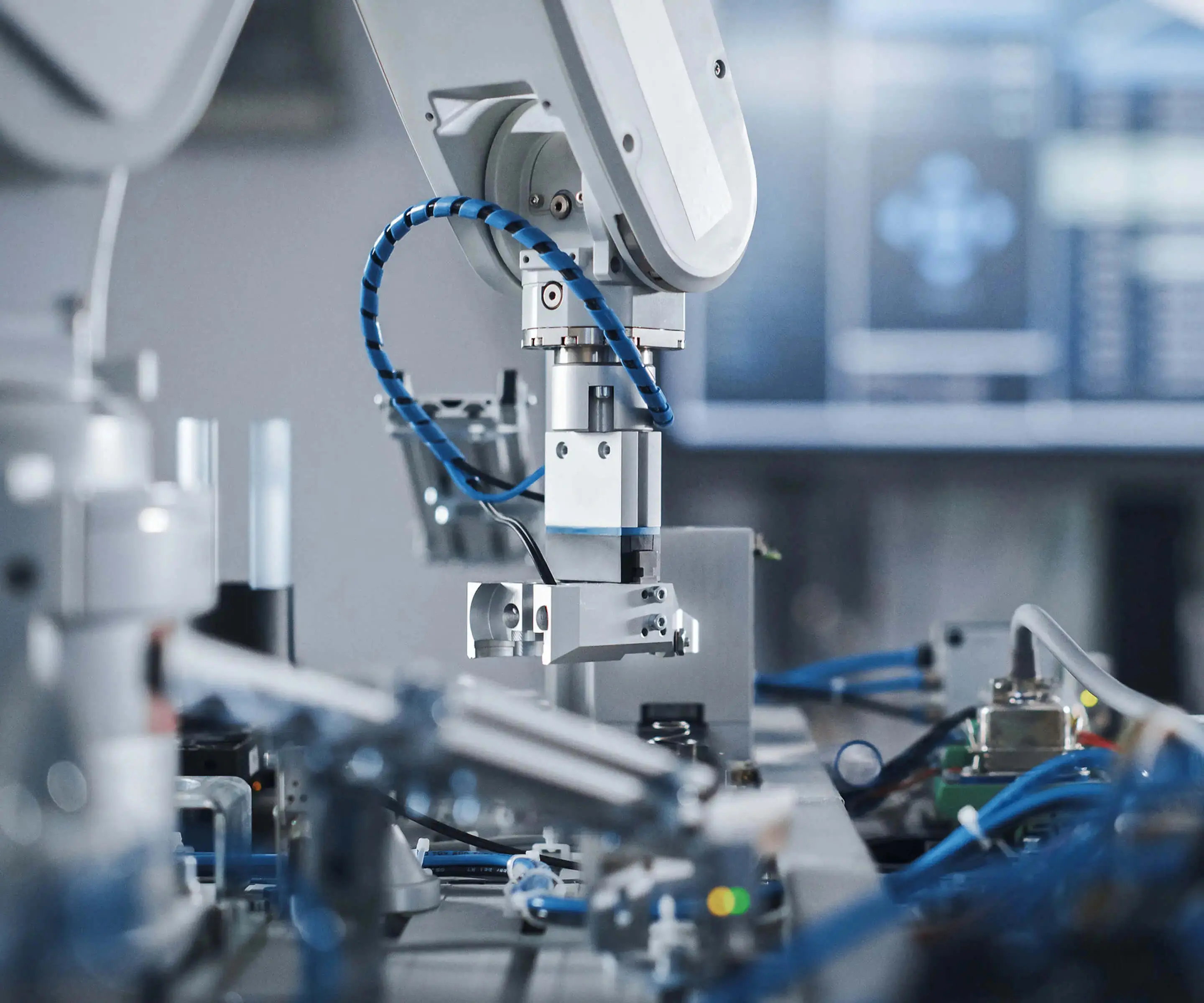In the age of relentless technological advancement, the demand for precise, efficient, and reliable motion control solutions has skyrocketed across industries. From robotics and manufacturing to aerospace and consumer electronics, servo motors have become the heartbeats of modern automation systems. Among the various types available, DC and AC servo motors stand out as the most versatile and widely used, each offering unique advantages tailored to different applications.

Understanding what makes these motors special requires a deep dive into their fundamental principles, design architectures, and operational characteristics. At the core, servo motors are high-performance electromechanical devices that convert electrical energy into finely controlled mechanical rotation. Unlike standard motors, servo motors are equipped with feedback systems that precisely monitor and adjust their position, speed, and torque, ensuring unmatched accuracy.
DC Servo Motors: Simplicity and Control
DC (Direct Current) servo motors are known for their straightforward design and ease of control. These motors operate on direct current, which makes them inherently suitable for applications demanding precise position and speed control. The basic architecture typically involves a stator that provides a magnetic field and a rotor equipped with windings or a permanent magnet. The key to their functionality lies in the use of encoders or tachometers that feed back the motor’s actual position or speed to a control system.
One of the primary advantages of DC servo motors is their high starting torque, allowing rapid acceleration from a standstill. This makes them ideal for robotic arms, camera autofocus mechanisms, and automated guided vehicles that require quick responses and precise movements. Additionally, their simple wiring and control circuitry facilitate easier maintenance and troubleshooting.
Control of DC servo motors often revolves around pulse-width modulation (PWM) techniques, allowing fine adjustments of voltage and current, and consequently, the motor's speed and torque. They are highly responsive, capable of making quick directional changes, which adds to their popularity in dynamic environments.
AC Servo Motors: Robustness and Efficiency
On the other side of the spectrum, AC (Alternating Current) servo motors are celebrated for their ruggedness, energy efficiency, and suitability for high-power applications. They typically operate on three-phase AC power, which makes them compatible with industrial power supplies. AC servo motors encompass several subtypes, including synchronous and asynchronous motors, each with distinctive features.
Synchronous AC servo motors are particularly notable for their ability to maintain a constant speed up to a load limit, thanks to their rotor’s magnetic field locking in sync with the stator’s magnetic field. This synchronization results in excellent position accuracy and steady torque output. These characteristics make AC servo motors ideal for CNC machining, conveyor systems, and large-scale automation tasks.
One of the significant benefits of AC servo motors is their durability and lower maintenance requirements. The elimination of brushes and commutators reduces wear and tear, extending operational lifespan. Moreover, advances in inverter technology and variable-frequency drives (VFDs) have significantly improved the controllability of AC motors, allowing precise speed and position control comparable to their DC counterparts.
In terms of energy efficiency, AC servo motors tend to consume less power, especially under steady-state operation, due to their ability to operate at optimal power factors and reduce heat losses. Their capability to handle higher power levels without significant heating or wear makes them suitable for industrial environments demanding continuous operation.
Key Distinctions and Applications
While both DC and AC servo motors serve the purpose of precise motion control, their distinguishing features influence their selection for particular applications. DC servo motors, with their superior torque at startup and rapid response, are often preferred in applications requiring immediate acceleration and deceleration. For instance, robotic joints that need quick, responsive movements rely heavily on DC servos.
Conversely, AC servo motors, with their robustness, energy efficiency, and ability to handle continuous, high-power operations, find extensive use in large-scale industrial automation, such as robotics in automotive assembly lines or large CNC machines. Their durability and lower maintenance costs make them suitable for environments where long-term reliability is paramount.
The choice between these two types also hinges on factors like budget, complexity of control systems, and operational demands. DC servo systems may involve more complex circuitry but offer faster dynamic response; whereas AC servo systems, benefiting from inverter-based control, tend to be more resilient and easier to scale for larger applications.
The Future of Servo Technology
Looking ahead, both DC and AC servo motors are poised to play transformative roles in emerging fields. Developments in smart sensors, AI-driven control algorithms, and advanced materials are pushing the boundaries of what these motors can achieve. For instance, hybrid systems combining features of both motor types are being explored for specialized tasks requiring optimal speed, torque, and energy efficiency.
Moreover, the integration of IoT capabilities enables real-time monitoring and predictive maintenance, significantly reducing downtime and operational costs. The rise of brushless motor technology, especially in AC designs, further enhances performance and lifespan, making these motors even more appealing for future automation systems.
As industries continue to seek more sophisticated, reliable, and eco-friendly solutions, the evolution of DC and AC servo motors remains at the forefront. From improving manufacturing precision to enabling smarter robotics, their significance is set to grow, ensuring they remain fundamental components driving the engines of progress.
Kpower has delivered professional drive system solutions to over 500 enterprise clients globally with products covering various fields such as Smart Home Systems, Automatic Electronics, Robotics, Precision Agriculture, Drones, and Industrial Automation.




































